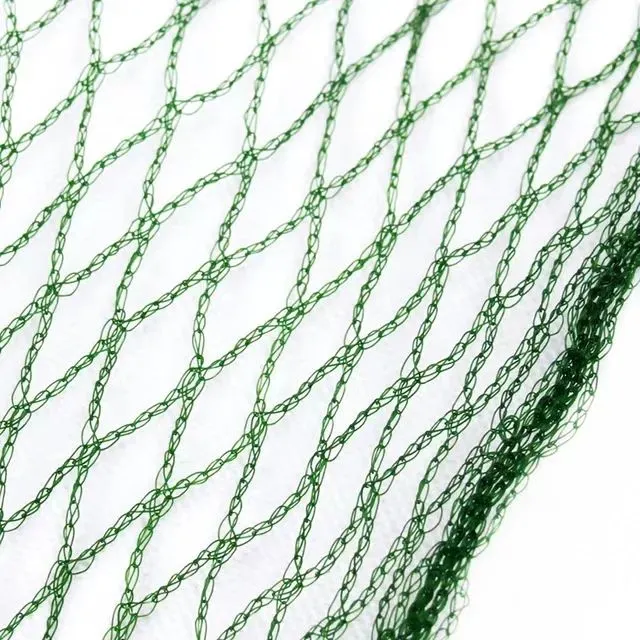-
 Afrikaans
Afrikaans -
 Albanian
Albanian -
 Amharic
Amharic -
 Arabic
Arabic -
 Armenian
Armenian -
 Azerbaijani
Azerbaijani -
 Basque
Basque -
 Belarusian
Belarusian -
 Bengali
Bengali -
 Bosnian
Bosnian -
 Bulgarian
Bulgarian -
 Catalan
Catalan -
 Cebuano
Cebuano -
 China
China -
 Corsican
Corsican -
 Croatian
Croatian -
 Czech
Czech -
 Danish
Danish -
 Dutch
Dutch -
 English
English -
 Esperanto
Esperanto -
 Estonian
Estonian -
 Finnish
Finnish -
 French
French -
 Frisian
Frisian -
 Galician
Galician -
 Georgian
Georgian -
 German
German -
 Greek
Greek -
 Gujarati
Gujarati -
 Haitian Creole
Haitian Creole -
 hausa
hausa -
 hawaiian
hawaiian -
 Hebrew
Hebrew -
 Hindi
Hindi -
 Miao
Miao -
 Hungarian
Hungarian -
 Icelandic
Icelandic -
 igbo
igbo -
 Indonesian
Indonesian -
 irish
irish -
 Italian
Italian -
 Japanese
Japanese -
 Javanese
Javanese -
 Kannada
Kannada -
 kazakh
kazakh -
 Khmer
Khmer -
 Rwandese
Rwandese -
 Korean
Korean -
 Kurdish
Kurdish -
 Kyrgyz
Kyrgyz -
 Lao
Lao -
 Latin
Latin -
 Latvian
Latvian -
 Lithuanian
Lithuanian -
 Luxembourgish
Luxembourgish -
 Macedonian
Macedonian -
 Malgashi
Malgashi -
 Malay
Malay -
 Malayalam
Malayalam -
 Maltese
Maltese -
 Maori
Maori -
 Marathi
Marathi -
 Mongolian
Mongolian -
 Myanmar
Myanmar -
 Nepali
Nepali -
 Norwegian
Norwegian -
 Norwegian
Norwegian -
 Occitan
Occitan -
 Pashto
Pashto -
 Persian
Persian -
 Polish
Polish -
 Portuguese
Portuguese -
 Punjabi
Punjabi -
 Romanian
Romanian -
 Russian
Russian -
 Samoan
Samoan -
 Scottish Gaelic
Scottish Gaelic -
 Serbian
Serbian -
 Sesotho
Sesotho -
 Shona
Shona -
 Sindhi
Sindhi -
 Sinhala
Sinhala -
 Slovak
Slovak -
 Slovenian
Slovenian -
 Somali
Somali -
 Spanish
Spanish -
 Sundanese
Sundanese -
 Swahili
Swahili -
 Swedish
Swedish -
 Tagalog
Tagalog -
 Tajik
Tajik -
 Tamil
Tamil -
 Tatar
Tatar -
 Telugu
Telugu -
 Thai
Thai -
 Turkish
Turkish -
 Turkmen
Turkmen -
 Ukrainian
Ukrainian -
 Urdu
Urdu -
 Uighur
Uighur -
 Uzbek
Uzbek -
 Vietnamese
Vietnamese -
 Welsh
Welsh -
 Bantu
Bantu -
 Yiddish
Yiddish -
 Yoruba
Yoruba -
 Zulu
Zulu
Creating Innovative Solutions for Avian Management and Protection Strategies in Agriculture
The Importance of Avian Netting in Wildlife Conservation
Avian netting refers to the use of nets designed to capture or prevent birds from entering specific areas, often for conservation efforts, agricultural practices, and scientific research. As human activity continues to encroach upon natural habitats, the importance of avian netting has become increasingly apparent in protecting bird populations and maintaining ecological balance.
One of the primary uses of avian netting is in the prevention of bird strikes at airports. Every year, numerous aircraft accidents and damages occur due to birds colliding with planes during takeoff and landing. By employing avian netting around airfields, aviation authorities can create a barrier that discourages birds from nesting or foraging in these dangerous areas. This proactive approach not only enhances the safety of air travel but also helps preserve bird populations by reducing their exposure to potential hazards.
In agricultural settings, avian netting serves to protect crops from birds that feed on fruits, seeds, and vegetables. Farmers lose a significant portion of their harvests to hungry birds, which can devastate their livelihoods. By installing bird netting over susceptible crops, farmers can mitigate these losses without resorting to harmful pesticides or other deterrents. The use of netting represents a sustainable solution that aligns with environmentally friendly practices, benefitting both farmers and the avian species that previously threatened their yields.
Beyond agriculture and aviation, avian netting plays a crucial role in scientific research and wildlife rehabilitation. Researchers often use nets to safely capture birds for tagging, monitoring, and conducting health assessments. This data is vital for understanding migration patterns, breeding successes, and population dynamics, which inform conservation strategies. Additionally, wildlife rehabilitation centers rely on netting to safely contain injured birds during their recovery. Employing humane practices, these centers can provide the necessary care and ultimately release birds back into the wild, contributing to the sustainability of various species.
avian netting

However, the implementation of avian netting requires thoughtful consideration of its design and placement to ensure it does not inadvertently harm birds. Poorly designed nets can lead to entanglement, causing physical harm or even death to the very species they are meant to protect. Therefore, the development of bird-friendly netting that minimizes risks is essential. This includes using materials that are visible to birds and using larger mesh sizes to reduce the chances of entrapment.
The ecological significance of birds cannot be overstated. They serve essential roles in pollination, seed dispersal, and pest control, contributing to the health and stability of ecosystems. As such, protecting bird populations through methods such as avian netting is a proactive measure toward preserving biodiversity. The decline of bird species can lead to unforeseen consequences throughout food chains and ecosystems, underscoring the need for careful management and conservation efforts.
The use of avian netting has also sparked discussions about wildlife ethics and human impacts on natural habitats. As our environment becomes increasingly urbanized, striking a balance between development and conservation is imperative. Engaging local communities in conservation efforts and educating them about the benefits of birds and their ecosystems can foster a culture of respect for wildlife.
In conclusion, avian netting is a versatile and crucial tool in the realm of wildlife conservation. By effectively managing bird populations in various settings—be it agricultural fields, airports, or research facilities—avian netting helps mitigate human-wildlife conflicts while enabling the continued survival of avian species. As we move forward, a combination of innovative designs, ethical practices, and community engagement will ensure that avian netting contributes positively to wildlife conservation efforts and supports the coexistence of humans and birds in our increasingly interconnected world.
-
Why Nylon Mesh Netting is Revolutionizing Industrial and Commercial ApplicationsNewsJun.13,2025
-
Reinventing Reliability with Construction Wire MeshNewsJun.13,2025
-
Protect Your Crops with High-Performance Agricultural Netting SolutionsNewsJun.13,2025
-
Premium Breeding Net Solutions for Modern AquariumsNewsJun.13,2025
-
Precision Filtration Solutions for Industrial and Commercial NeedsNewsJun.13,2025
-
Advanced Industrial Mesh Solutions for Every ApplicationNewsJun.13,2025











